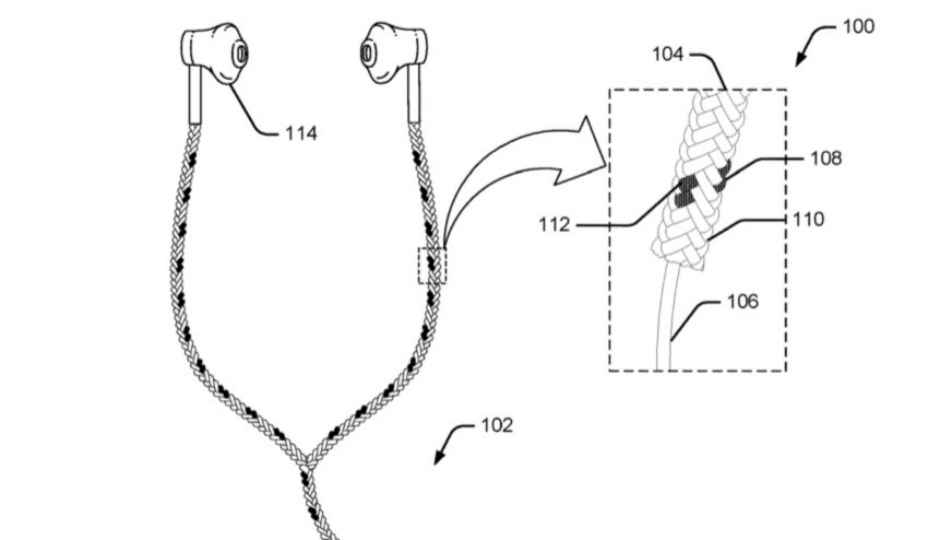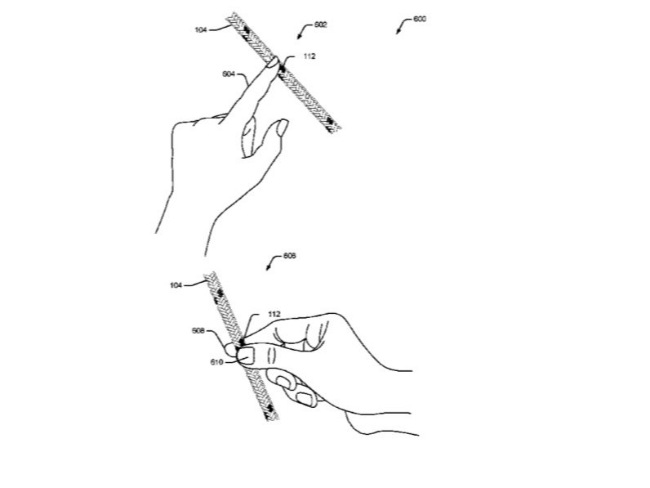Google’s ‘interactive cord’ might enable new ways to input passwords and navigate devices

Google’s new patent describes an ‘interactive cord’ that comes with touch-points for enabling inputs for audio controls, data security and more.
Google has been granted a new patent titled “Interactive Cord,” which suggests that the company could be taking another look at wires for new innovations. CB Insights researchers first discovered the patent filing and they have detailed the use of the new patent for many different applications like interactive controls and additional data security. The new application is not only restricted to devices like smartphones but can apparently be extended to other devices like lamps, computers and more. The patent describes how the new mechanism could allow one to control devices using various touch patterns instead of buttons. There is also scope to use the new mechanism for user authentication.
The patent states that the interactive cord is made up of two components, a cable and a fabric cord outer cover. The outer cover has conductive threads woven into it, resulting in the formation of “capacitive touchpoint,” which is said to sense the voltage when a user’s finger touches it. The passing voltage will enable detection of touch, taps, swipes and holds and could also trigger some preset function like switching on a speaker or a lamp. As an example, one could tap on the touch sensitive area of the cord to play/pause music, touch or slide on another area for controlling volume and maybe press at two or more touchpoints at the same time for seeking the audio. This could result in the elimination of currently used buttons, make the construction of such cords cheaper and enhance durability due to less moving parts.
For authenticating a user, CB Insight says, “A wide array of touch patterns can be used, including tapping out a rhythm, touching specific or relative locations, applying varying amounts of pressure on the fabric cover, sliding down the cord, or manipulating the cord so one section touches another to authenticate users on devices." This type of authentication is thought to be less prone to be guessed by an intruder. Additionally, Google might also find a way to integrate the technology with cables of wireless headphones, adding new functionality to the technology. However, this is some wishful thinking on our part.
Digit NewsDesk
Digit News Desk writes news stories across a range of topics. Getting you news updates on the latest in the world of tech. View Full Profile





